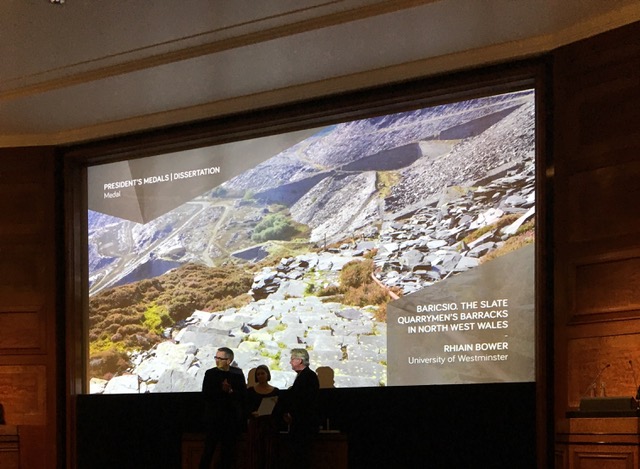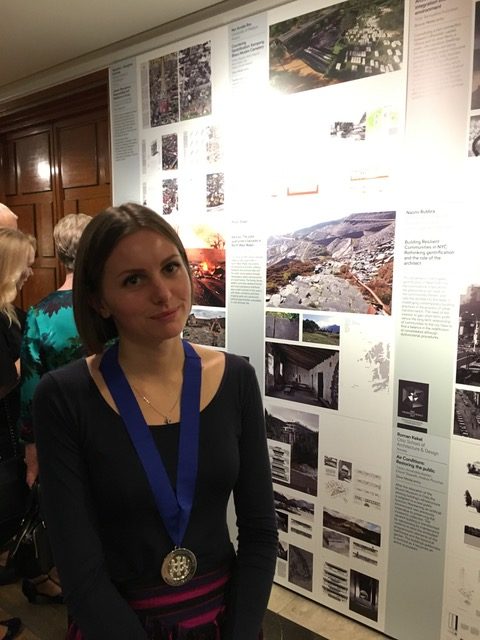Charlotte was mentored by Dr Kate Jordan, Senior Lecturer in the School of Architecture + Cities.
Dr Kate Jordan, Senior Lecturer in the Faculty of Architecture at the University of Westminster, said: ‘Charlotte mined a variety of sources to produce a thought-provoking analysis of contemporary conservation practice and theory. Her work makes a valuable contribution to the scholarship of architectural heritage.’
Charlotte Penny said: ‘I am delighted to have received the ‘Highly Commended’ Gus Astley Student Award. I would like to sincerely thank the IHBC for the recognition and the opportunity to attend the Brighton School, as well as Dr Kate Jordan from the University of Westminster for her uplifting support and shared enthusiasm for my research.’
‘I very much enjoyed researching and writing my dissertation, in particular delving into archives and finding fascinating resources. The question of ‘the contest between the theoretical and practical nature of conservation’ was the subject of the dissertation, which centred on the Society for the Protection of Ancient Buildings’ Manifesto and more specifically with the ongoing conservation of the historic fabric at William Morris’ Red House.’
‘I learned that philosophy and practice appear to only touch the surface of conservation and as such, conservation cannot solely be considered as three dimensional; the fourth dimension of time must be taken into account. Many factors are involved in the consideration of conservation work and custodians have to balance a wide range of often conflicting constraints, whilst also acting as faithful guardians of the United Kingdom’s shared heritage.’
IHBC New Blog Archive














